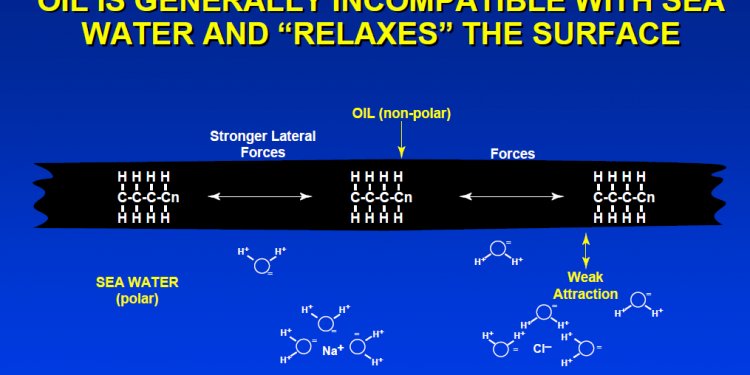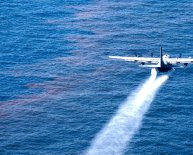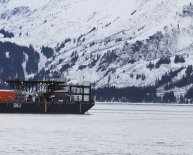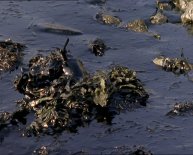
Oil spill Dispersants Efficacy and effects
Description
Approximately 3 million gallons of oil or refined petroleum products are spilled into U.S. waters every year. Oil dispersants (chemical agents such as surfactants, solvents, and other compounds) are used to reduce the effect of oil spills by changing the chemical and physical properties of the oil. By enhancing the amount of oil that physically mixes into the water, dispersants can reduce the potential that a surface slick will contaminate shoreline habitats. Although called for in the Oil Pollution Act of 1990 as a tool for minimizing the impact of oil spills, the use of chemical dispersants has long been controversial. This book reviews the adequacy of existing information and ongoing research regarding the effectiveness of dispersants as an oil spill response technique, as well as the effect of dispersed oil on marine and coastal ecosystems. Oil Spill Dispersants also includes recommended steps for policy makers faced with making hard choices regarding the use of dispersants as part of spill contingency planning efforts or during actual spills.
Publication Info
400 pages | 6 x 9Paperback
DOI: 10.3
Contents
Resources
Research
Suggested Citation
National Research Council. 2005. Oil Spill Dispersants: Efficacy and Effects. Washington, DC: The National Academies Press. doi: 10.3.
Reference Finder
Find relevant information like your own rough draft from among the thousands of reports available for free at NAP.edu. Copy and paste up to 8 pages of content—whether from your own draft or an outside article—and Reference Finder will recommend NAP publications related to your text.
Rights
Copyright Information
The National Academies Press (NAP) has partnered with Copyright Clearance Center's Rightslink service to offer you a variety of options for reusing NAP content. Through Rightslink, you may request permission to reprint NAP content in another publication, course pack, secure website, or other media. Rightslink allows you to instantly obtain permission, pay related fees, and print a license directly from the NAP website. The complete terms and conditions of your reuse license can be found in the license agreement that will be made available to you during the online order process. To request permission through Rightslink you are required to create an account by filling out a simple online form. The following list describes license reuses offered by the National Academies Press (NAP) through Rightslink:
- Republish text, tables, figures, or images in print
- Post on a secure Intranet/Extranet website
- Use in a PowerPoint Presentation
- Distribute via CD-ROM
- Photocopy
Click here to obtain permission for the above reuses. If you have questions or comments concerning the Rightslink service, please contact:
To request permission to distribute a PDF, please contact our Customer Service Department at 800-624-6242 for pricing.
















